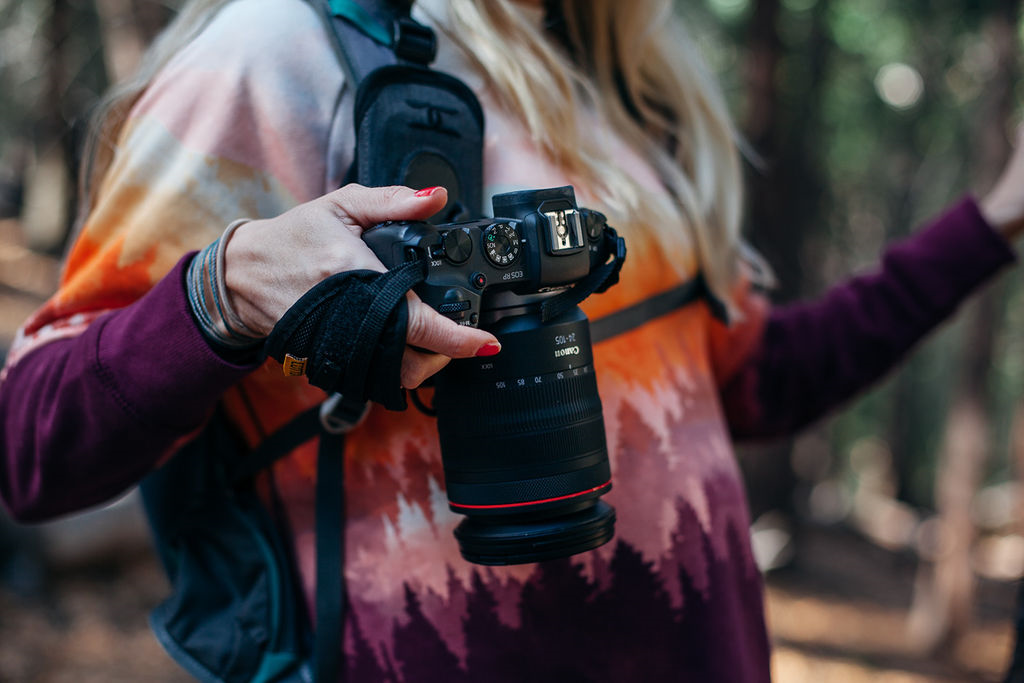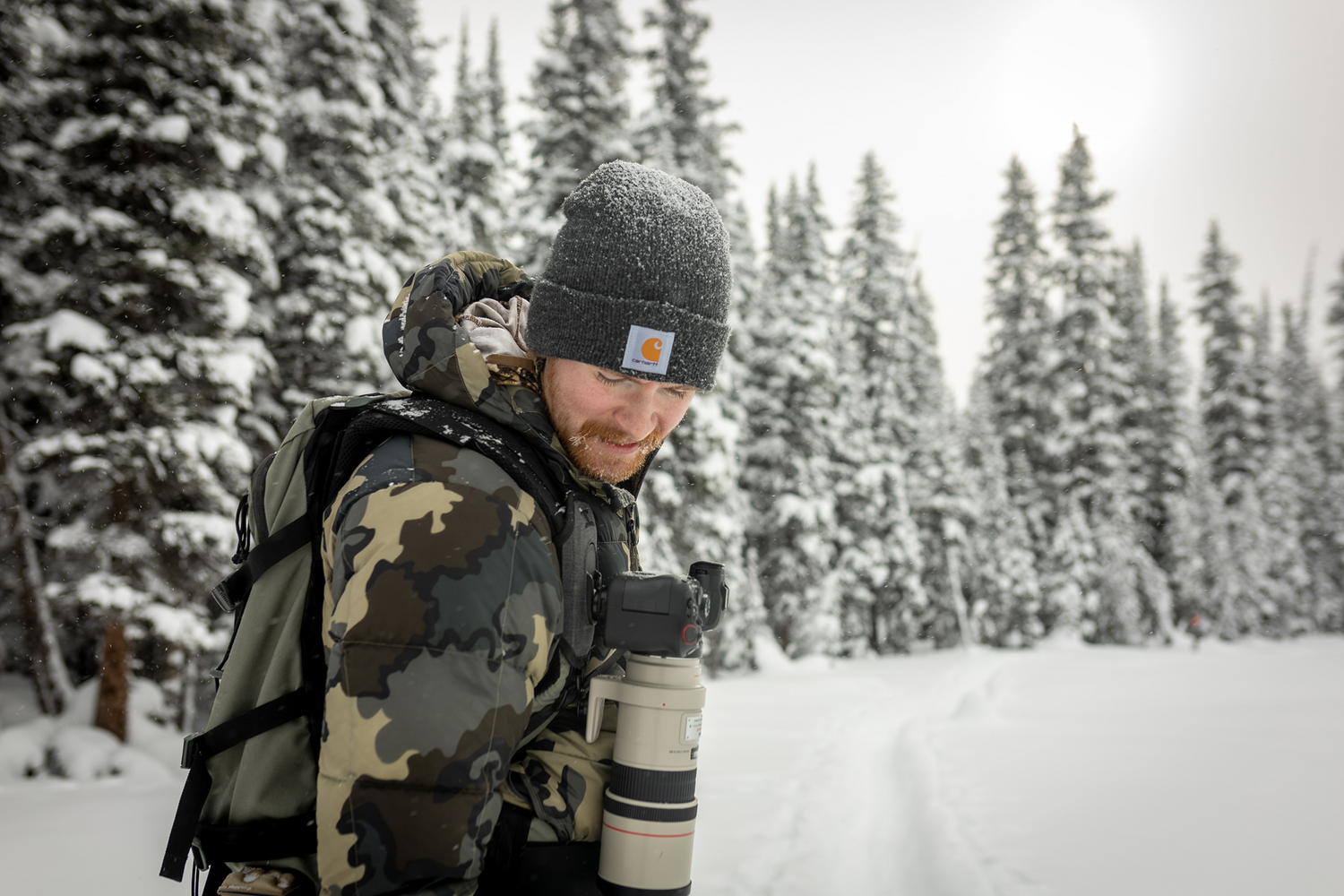Finding the right camera strap is essential for comfort, safety, and ease of use. The correct strap size and type can improve your ability to carry and access your camera, making photography more enjoyable and helping you get the most from your equipment. This guide will help you understand the factors to consider in choosing the right size camera strap for any type of photography.
Why Strap Size Matters in Photography
Choosing the correct strap size is about more than just comfort. The size of your camera strap affects:
- Accessibility: A properly sized strap will allow you to quickly bring your camera to your eye level for shooting.
- Weight Distribution: The right strap size ensures that the weight is balanced, reducing neck and shoulder strain during long shooting sessions.
- Movement Flexibility: A suitable length provides mobility without hindrance, allowing you to move freely with your camera.
An incorrectly sized strap may restrict movement, make your camera feel heavy, or even risk dropping it if the length doesn’t support a secure hold.
Standard Camera Strap Sizes
Camera straps come in three primary size ranges:
-
Short Straps (24-36 inches): These are commonly used as wrist or hand straps. Ideal for small cameras or those that are used for short, handheld sessions.
-
Medium Straps (36-50 inches): These are designed to be worn around the neck or over the shoulder, providing chest-level access. Medium-length straps are the most versatile and comfortable for most photographers.
-
Long Straps (50-60+ inches): Often used as cross-body or sling straps, long straps work well with heavier setups or for photographers who need hands-free movement. This length is ideal for spreading the weight across the shoulder.
How to Determine the Right Strap Size
1. Height and Body Type
Your height and body type can influence where a camera strap places your camera:
- For most people, a medium-length strap is ideal, allowing the camera to sit at the chest or waist level, which is comfortable for everyday use.
- Taller photographers may prefer a longer strap to keep the camera at waist level, while shorter individuals may want a shorter strap for balance.
2. Camera Weight
The weight of your camera and lens setup can influence the best strap size. Heavier DSLR or mirrorless cameras can feel more comfortable on a medium or long strap, where the weight is better distributed across the shoulder or chest. Lighter cameras are comfortable on shorter straps as they don’t require extensive support.
3. Shooting Style
Different shooting styles benefit from different strap lengths. Here’s how:
- Travel Photography: Medium to long straps that allow hands-free carrying make it easy to explore and access your camera at a moment's notice.
- Portrait and Event Photography: Medium straps work best, allowing the camera to rest comfortably at the chest and be quickly lifted for shots.
- Sports or Wildlife Photography: Long, cross-body straps are ideal for larger setups and fast-paced shooting environments, letting photographers carry gear securely on their side and quickly access it when needed.
The Ideal Camera Neck Strap
The Cotton Carrier Camera Neck Strap combines comfort, durability, and versatility, making it an excellent choice for photographers looking for a reliable, all-purpose strap. Here’s why it stands out:
-
Comfortable Design: The Cotton Carrier Camera Neck Strap has padded sections that provide extra comfort during extended wear, reducing neck strain.
-
Adjustable Length: With adjustable settings, this strap can be tailored to your preferred length, allowing you to easily switch between neck and shoulder carrying styles.
-
High-Quality Nylon Construction: Made from durable nylon, this strap offers a balance of strength and lightweight comfort, ideal for both professional and hobbyist photographers.
-
Quick-Release Buckles: The quick-release buckles allow for fast detachment, so you can switch between handheld and strap-mounted shooting without any hassle.
Common Strap Materials
The material of your camera strap affects both comfort and durability. Here are some common options:
- Nylon Camera Straps: Known for being lightweight, durable, and affordable, nylon straps are popular among many photographers and work well with adjustable designs.
- Neoprene Straps: Neoprene adds extra padding and stretch, making it suitable for heavier camera setups or long shooting sessions.
- Leather Camera Straps: While leather provides a classic, stylish look, it tends to be heavier and less flexible than nylon or neoprene.
The Cotton Carrier's neck strap is crafted with durable nylon and comfortable neoprene, combining strength and lightness to give photographers a carrying solution for a wide variety of camera setups.
Additional Tips for Choosing a Camera Strap Size
- Look for Adjustable Options: Adjustable straps like ours allow for easy length changes to suit different shooting environments.
- Consider Your Setup and Purpose: Think about your camera type, weight, and what you typically shoot. A well-fitted strap enhances both comfort and functionality, particularly if you’re carrying heavier gear.
- Prioritize Weight Distribution: Straps that allow for even weight distribution across your shoulders or chest prevent strain, especially during extended shooting sessions.
If you're still unsure about the best strap size and carrying system for your unique setup, the Cotton Carrier Gear Load Tool can provide a more tailored recommendation. This online tool assesses your camera gear, preferences, and shooting style to suggest the most suitable Cotton Carrier camera accessories. Whether you’re carrying lightweight equipment or a heavier DSLR setup, this tool helps you find the right combination of straps, holsters, and harnesses for maximum comfort and ease of use.
The Best Camera Strap
The Cotton Carrier Camera Neck Strap provides the flexibility, comfort, and durability that every photographer needs. Its adjustable length, padded design, and durable nylon construction make it ideal for travel, events, and outdoor photography. For photographers looking to balance comfort and functionality, it is a versatile option that adapts to a variety of shooting styles.






